Bees & Wasps
Latest about Bees & Wasps
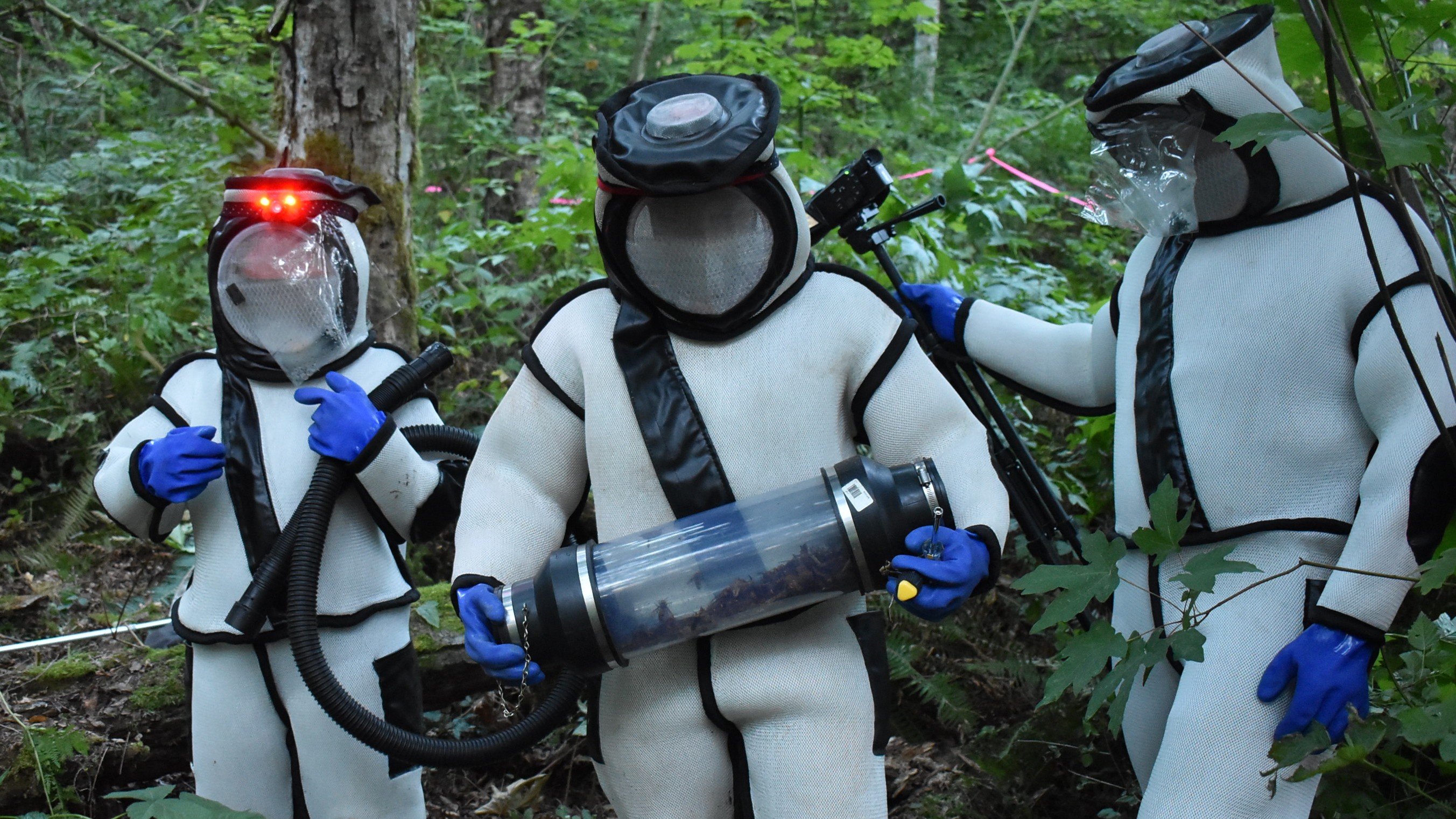
'Murder hornets' eradicated, but officials say they'll keep 'an eye out' for more
By Patrick Pester published
Officials say they've eradicated northern giant hornets, nicknamed "murder hornets," after years of tracking the invasive giant wasps in Washington state.
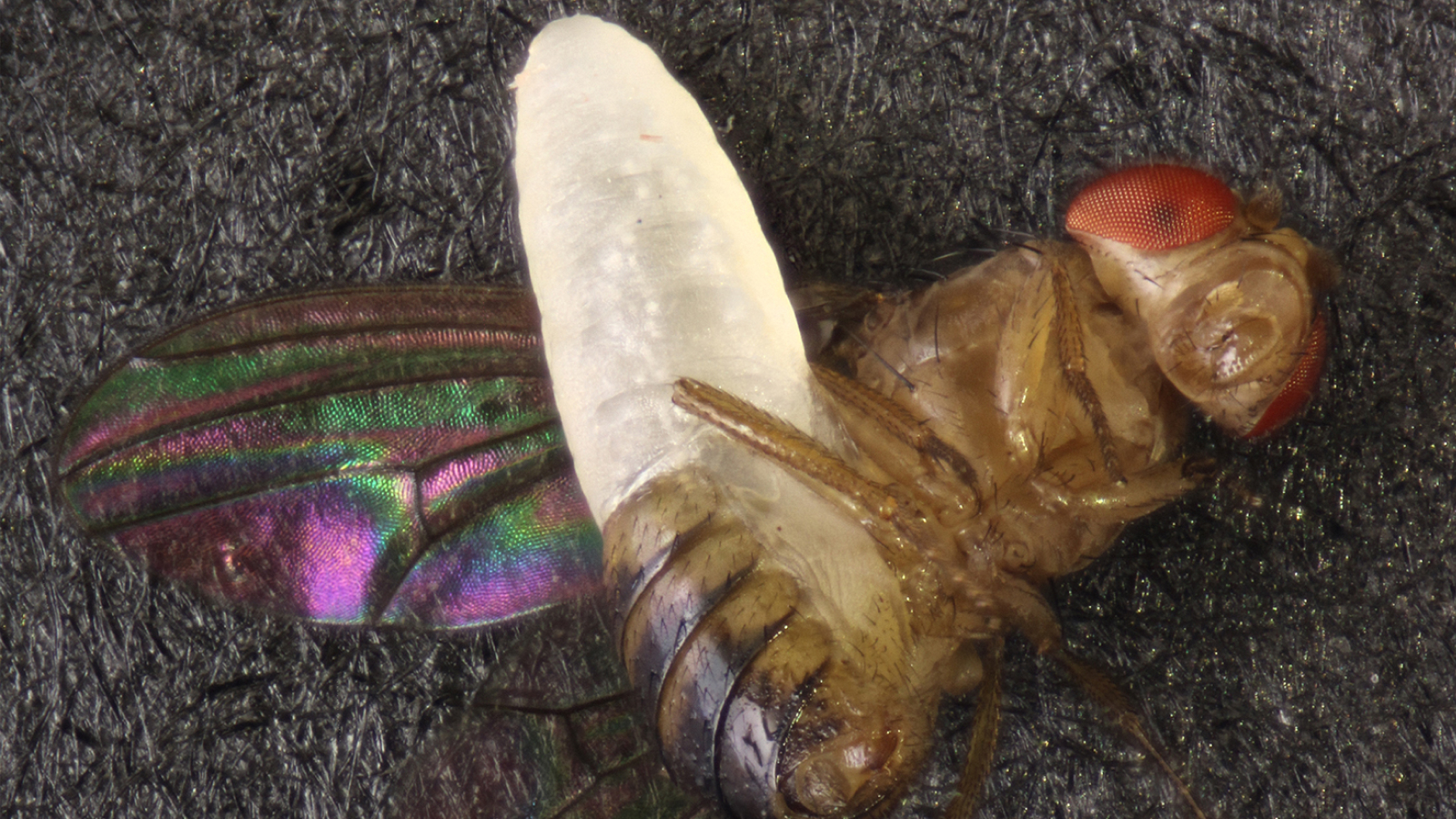
Parasitic 'horror' wasp that bursts from a fly's abdomen like an 'Alien' xenomorph discovered in Mississippi backyard
By Patrick Pester published
Scientists accidentally discover new species of wasp that lays eggs inside living, adult fruit flies, which then burst from the hosts' abdomens while they're still alive.
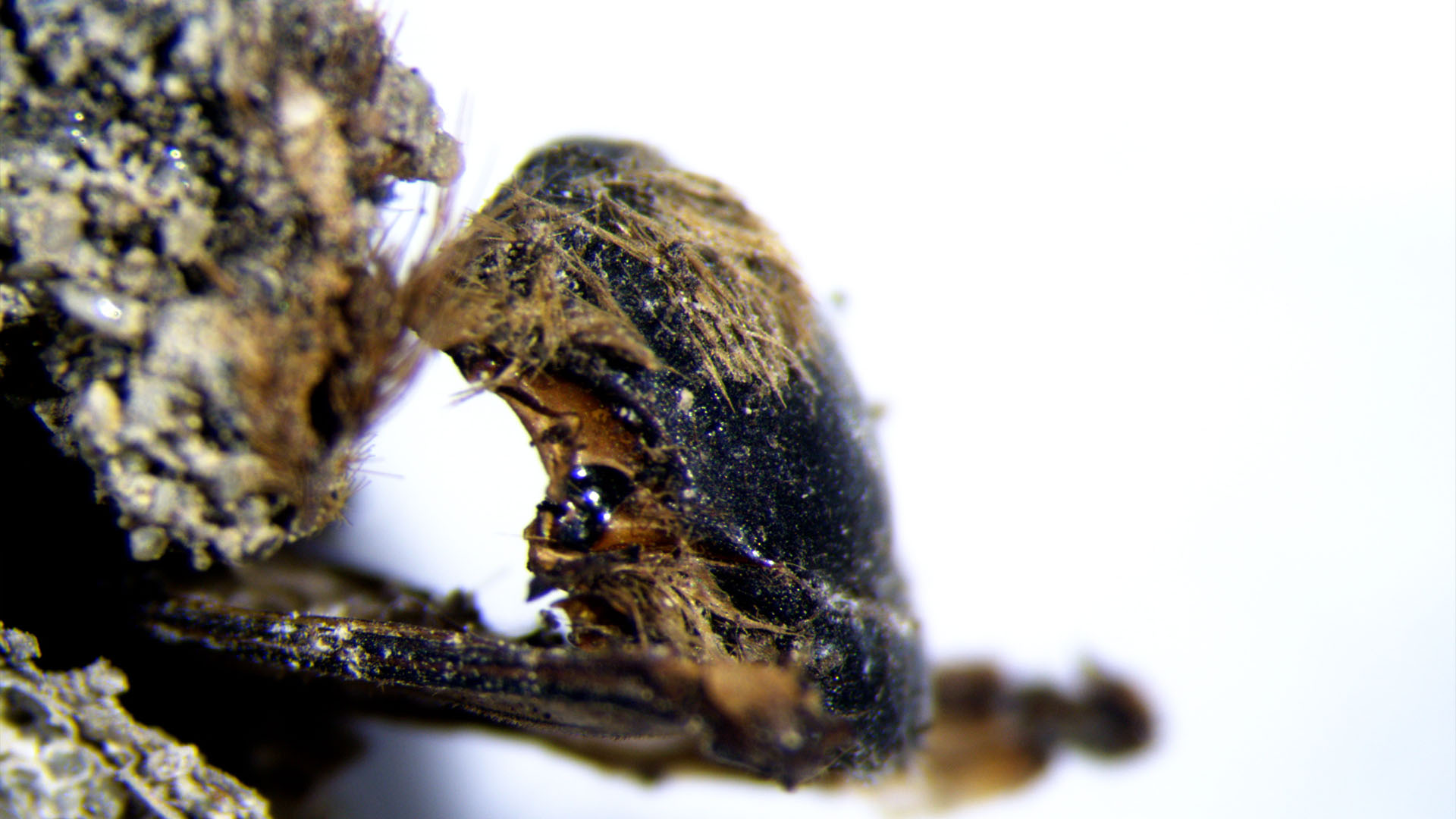
3,000-year-old mummified bees are so well preserved, scientists can see the flowers the insects ate
By Ethan Freedman published
The bees were preserved well enough for researchers to make out small features, like their legs and antennae.
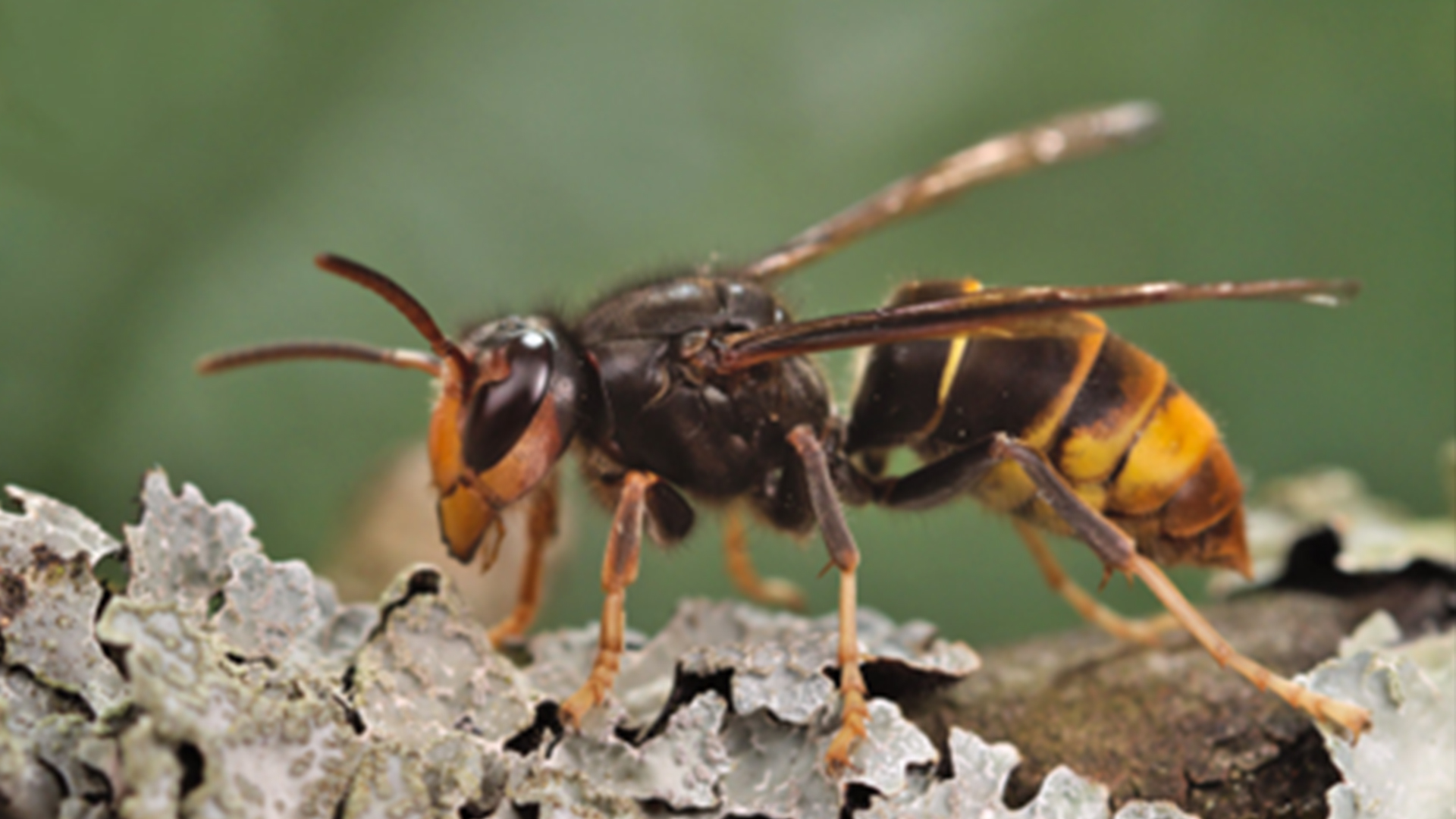
Invasive yellow-legged hornets spotted in US for 1st time, one nest eradicated
By Megan Shersby last updated
The invasive yellow-legged hornet, which preys on honey bees, has been spotted in Georgia for the first time.
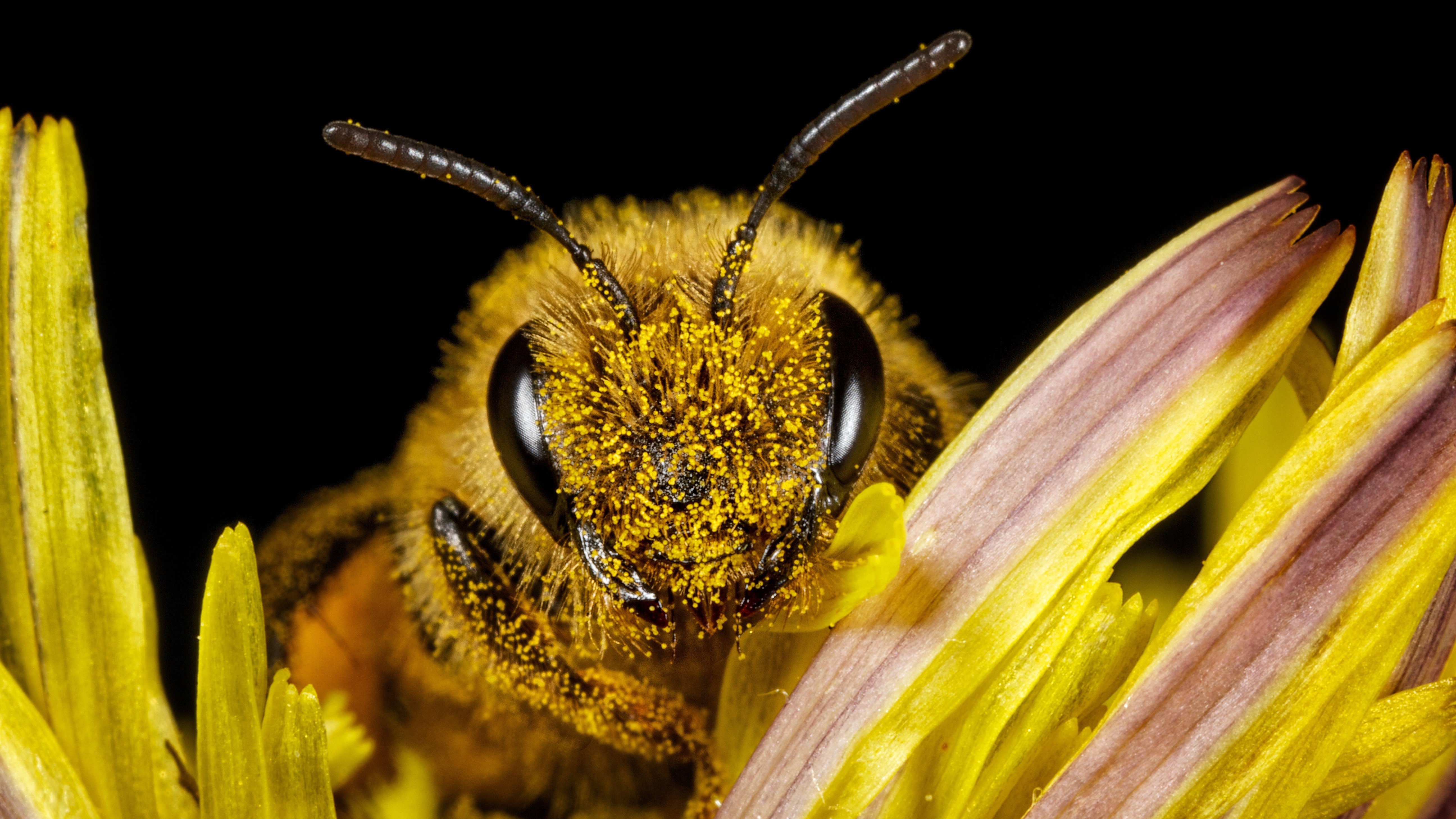
Where do honey bees come from? New study 'turns the standard picture on its head'
By Carissa Wong published
DNA analysis indicates the world's most common bee originated in northern Europe around 780,000 years ago, before spreading into East Africa and Arabia around 120,000 years later.
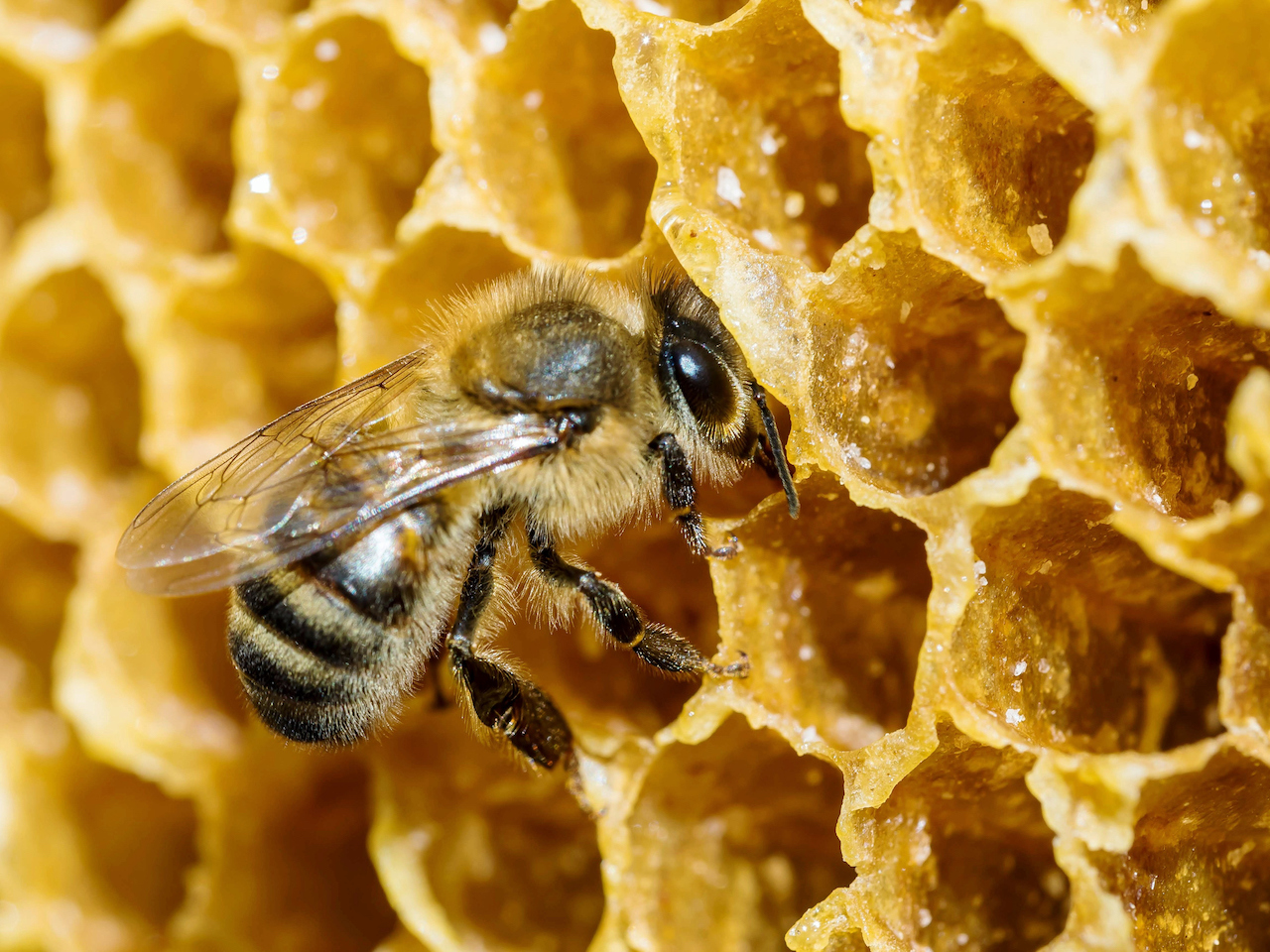
How do bees make honey? From the hive to the pot
By Ailsa Harvey last updated
Reference By producing masses of this sweet substance, honeybees can stay active throughout the winter period. But how do they make it?
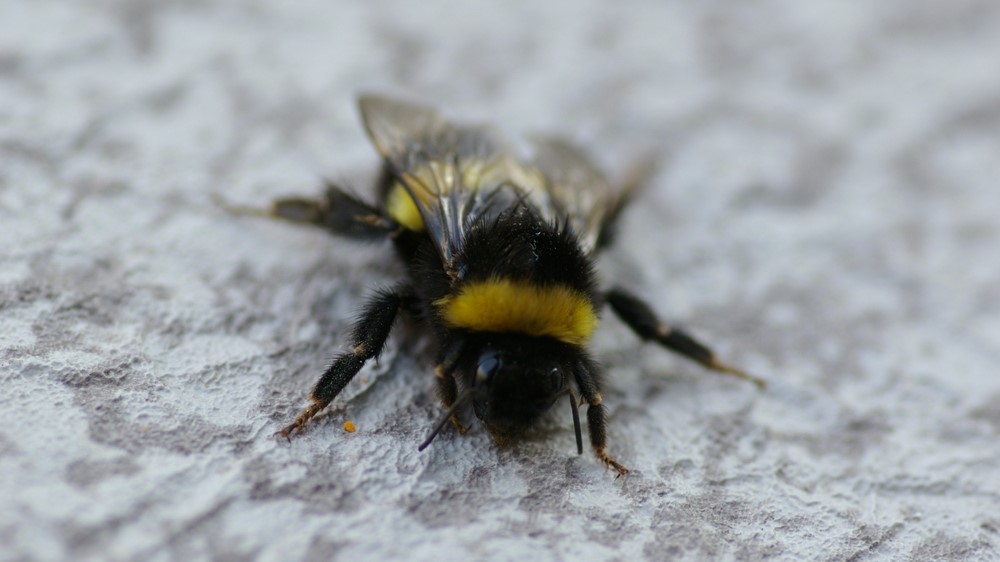
Wild queen bees attempt to invade commercial hives, but get slaughtered by rival workers
By Harry Baker published
Wild queen bumblebees get killed by worker bees inside commercial hives after they are lured in by vibrant colors and the promise of usurping the resident queen.
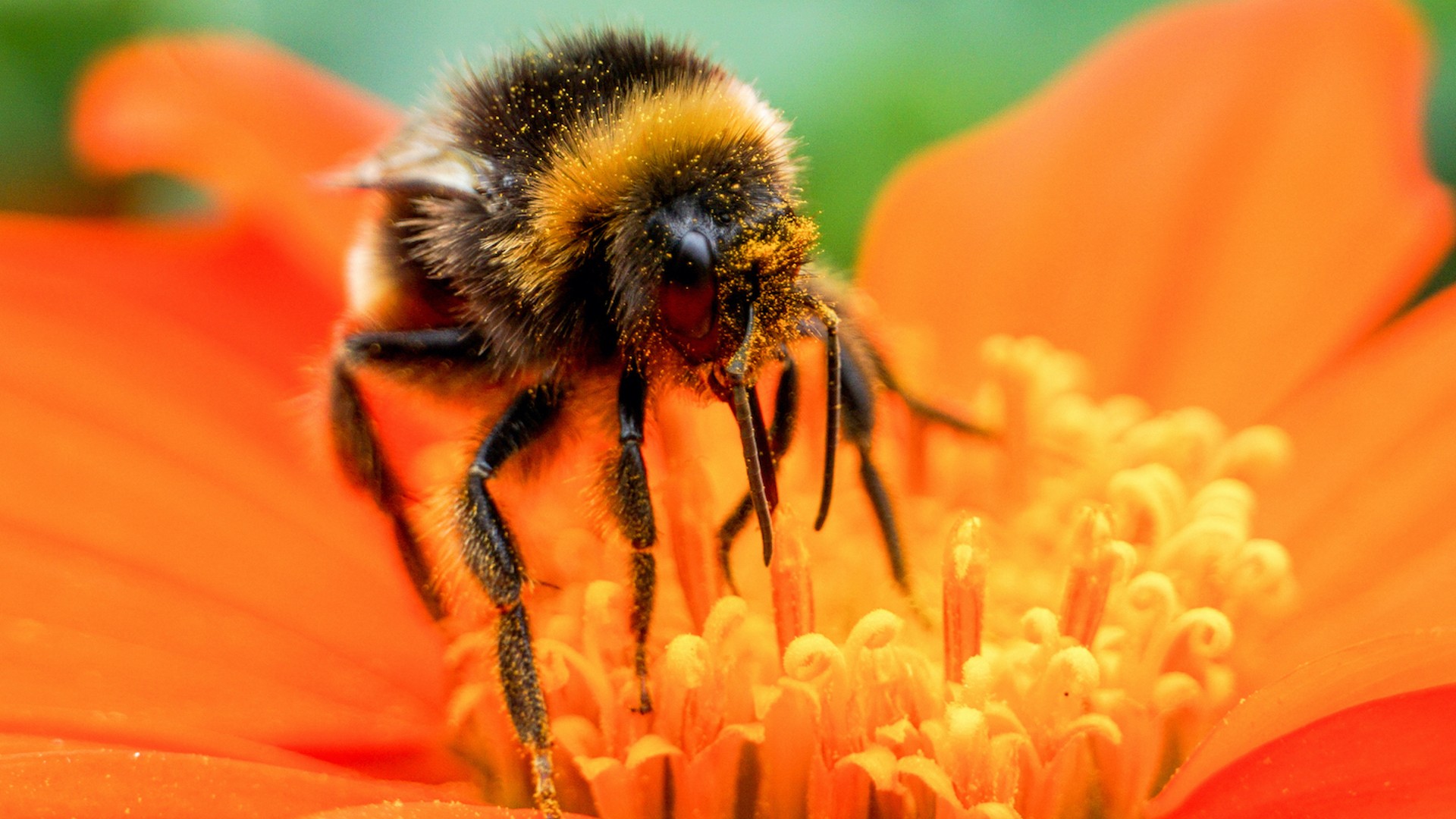
Do bees have knees?
By JoAnna Wendel published
Bees do have a femur and a tibia, but do they have a kneecap like ours?
Sign up for the Live Science daily newsletter now
Get the world’s most fascinating discoveries delivered straight to your inbox.


